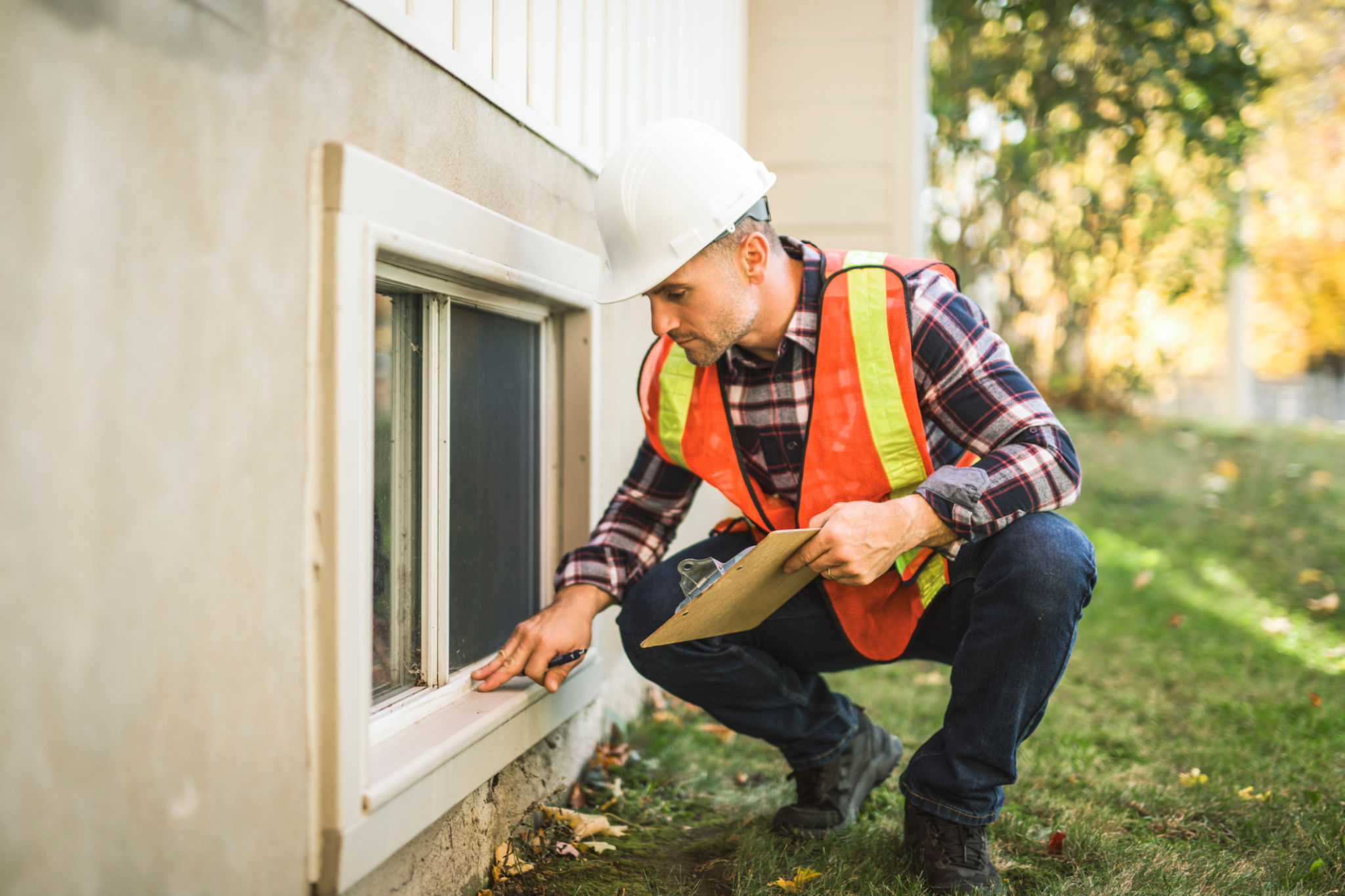DIY Termite Inspection Tips for Pasir Gudang Residents
Living in Pasir Gudang, it's essential for homeowners to keep a vigilant eye on potential termite infestations. Termites can cause significant damage to your property if not detected and treated early. Fortunately, conducting a DIY termite inspection can help you identify signs of these pests before they become a major problem.
Understanding the Basics of Termite Infestation
Termites are small, wood-eating insects that can compromise the structural integrity of your home. There are several types of termites, but the most common in Pasir Gudang are subterranean termites. These pests often go unnoticed because they build their colonies underground and create mud tubes to access food sources.
Knowing the basics of termite behavior and infestation signs is crucial for effective DIY inspections. Subterranean termites, for instance, are attracted to moisture and wood, which means a damp environment can be an invitation for these pests.

Signs of Termite Activity
Identifying signs of termite activity is the first step in protecting your home. Here are some common indicators:
- Mud Tubes: These pencil-thin tunnels are created by termites to travel between their colony and food sources. Look for them along walls, foundations, and other wooden structures.
- Discarded Wings: After swarming, termites shed their wings. Finding piles of wings near windowsills or entry points is a strong indicator of an infestation.
- Hollow-Sounding Wood: Tap on wooden structures; if you hear a hollow sound, it might be a sign that termites have consumed the wood from the inside.

Conducting a DIY Inspection
Performing your own termite inspection can be straightforward with a few tools and patience. Here's a step-by-step guide:
- Gather Tools: You'll need a flashlight, screwdriver, and protective gloves.
- Start from the Perimeter: Inspect the exterior foundation of your home, looking for mud tubes or damaged wood.
- Check Moisture-Prone Areas: Bathrooms, kitchens, and basements are hotspots for termites due to moisture. Ensure these areas are thoroughly inspected.
- Inspect Wooden Structures: Pay attention to wooden beams, floorboards, and window frames for any signs of damage.

Preventative Measures
Prevention is key when it comes to termites. Here are some ways to protect your home from these destructive pests:
- Reduce Moisture: Fix any leaks in your plumbing and ensure proper drainage around your property.
- Remove Wood Debris: Keep firewood and other wooden materials away from your home's foundation.
- Seal Cracks: Seal any cracks or crevices in your home's foundation to prevent termite entry.
When to Call a Professional
While DIY inspections are useful for early detection, severe infestations require professional intervention. If you notice extensive damage or large numbers of termites, it's crucial to contact a pest control expert immediately. Professional exterminators have access to advanced tools and treatments that can effectively eliminate termite colonies.
In conclusion, regular DIY inspections combined with preventive measures can significantly reduce the risk of termite damage in Pasir Gudang homes. Stay vigilant and proactive to protect your property from these destructive pests.
